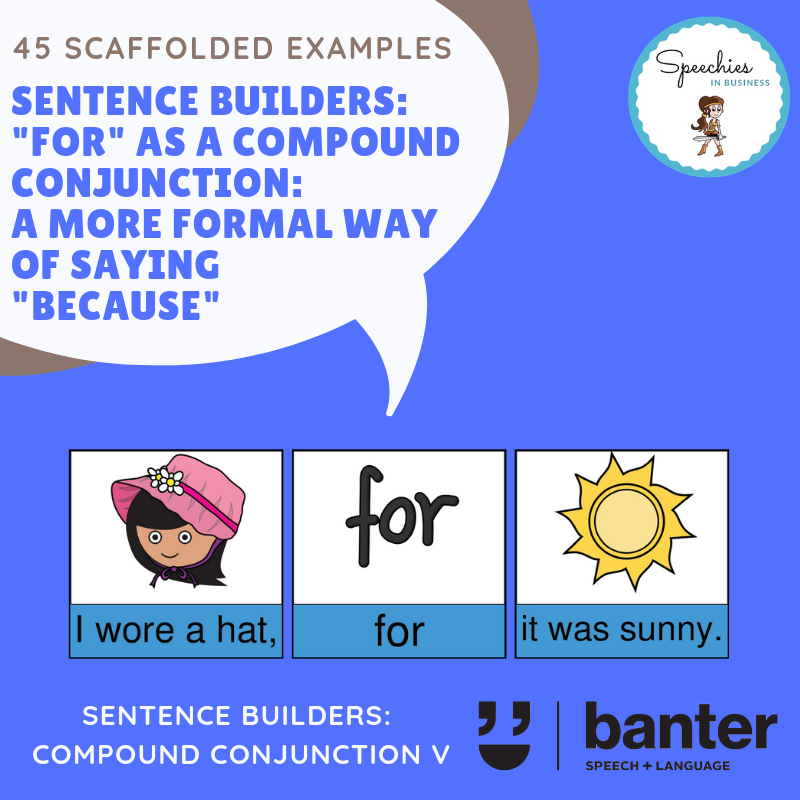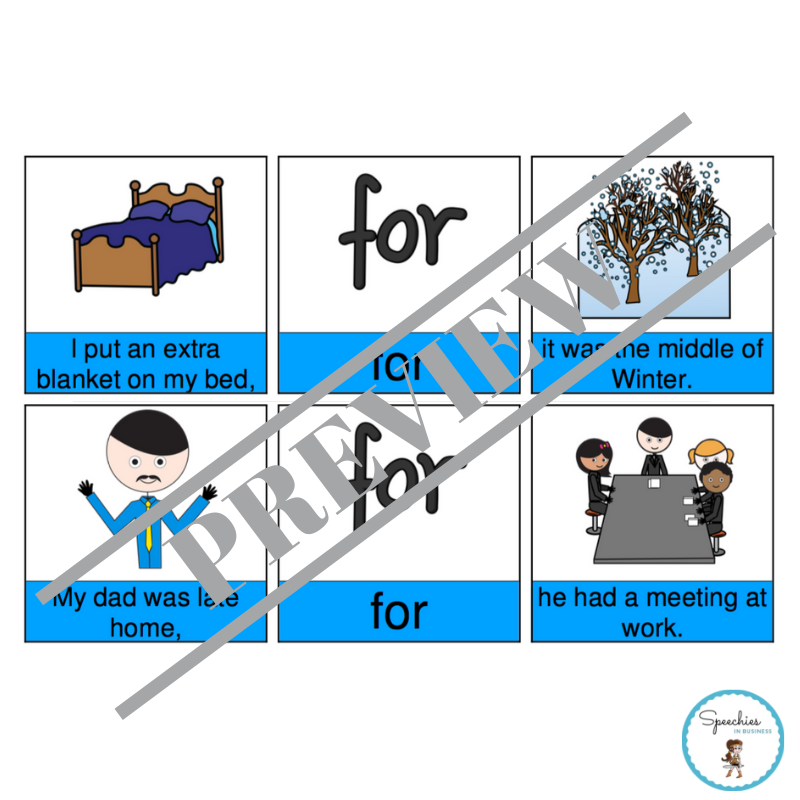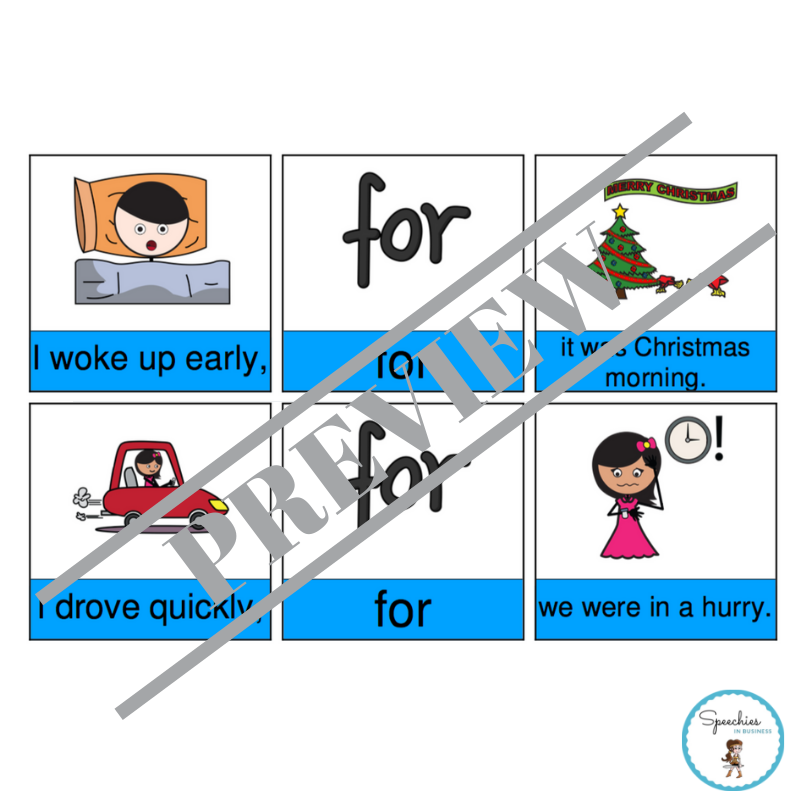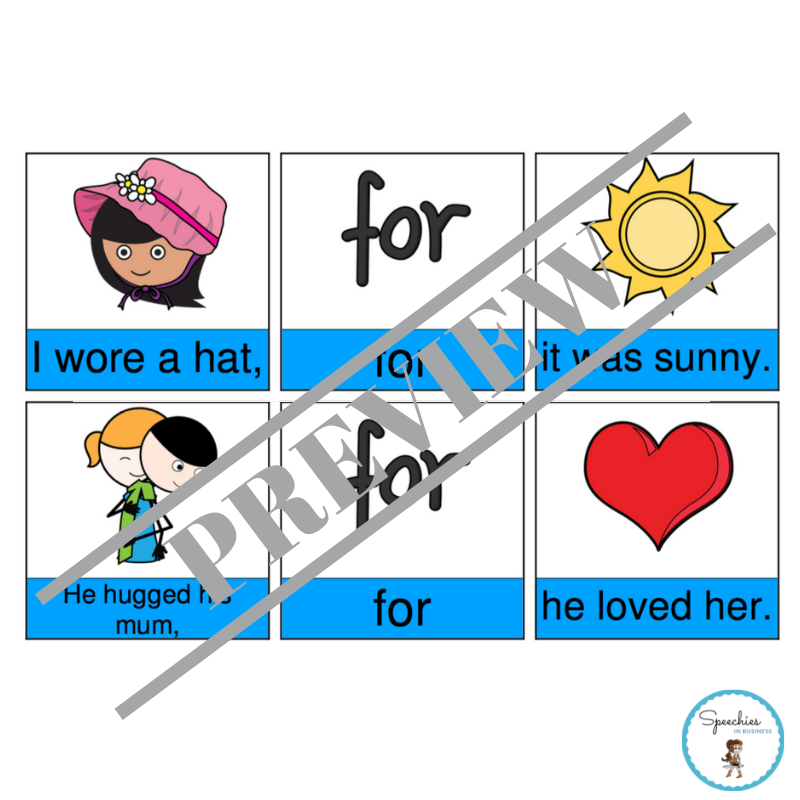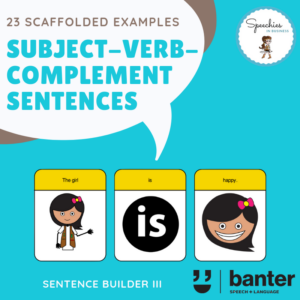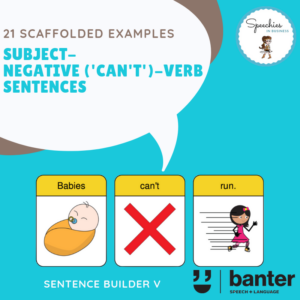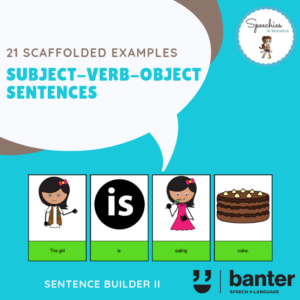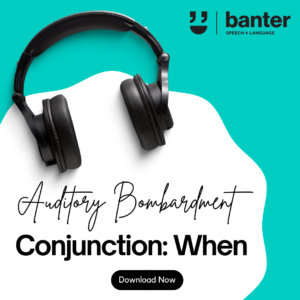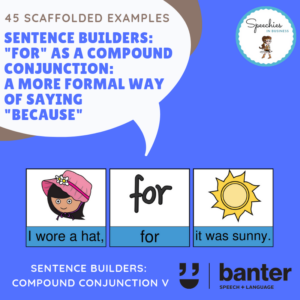(L222) Compound Conjunction Sentence Builders: “For” (a more formal way of saying “because”)
$5.99 including GST
Used correctly, “for” conjunctions can add variety to writing, and avoid over-reliance on “because”. Some people – including people learning English as a second language and people with developmental language disorders – have difficulty learning to use “for” as a conjunction. This 25-page no preparation pack is designed to help!
Featuring pictures and orthography, the exemplar sentences provides focused, scaffolded practice for people of all ages.
Description
In the first few years of school, most children learn that written English is different to spoken English – especially in more formal writing projects, like recounts, procedures, and essays; and in subjects requiring logical arguments, like science, history, geography, and English. One example of more formal English is deploying the compound conjunction “for” to explain why things happen. Though rarely used in casual conversation, “for” (as a conjunction) links causes and effects, just like “because”.
For example: “We stayed inside, for it was raining.”
Used correctly, “for” conjunctions can add variety to writing, and avoid over-reliance on “because”. Some people – including people learning English as a second language and people with developmental language disorders – have difficulty learning to use “for” as a conjunction. This 25-page no preparation pack is designed to help!
Featuring pictures and orthography, the exemplar sentences provides focused, scaffolded practice for people of all ages.

